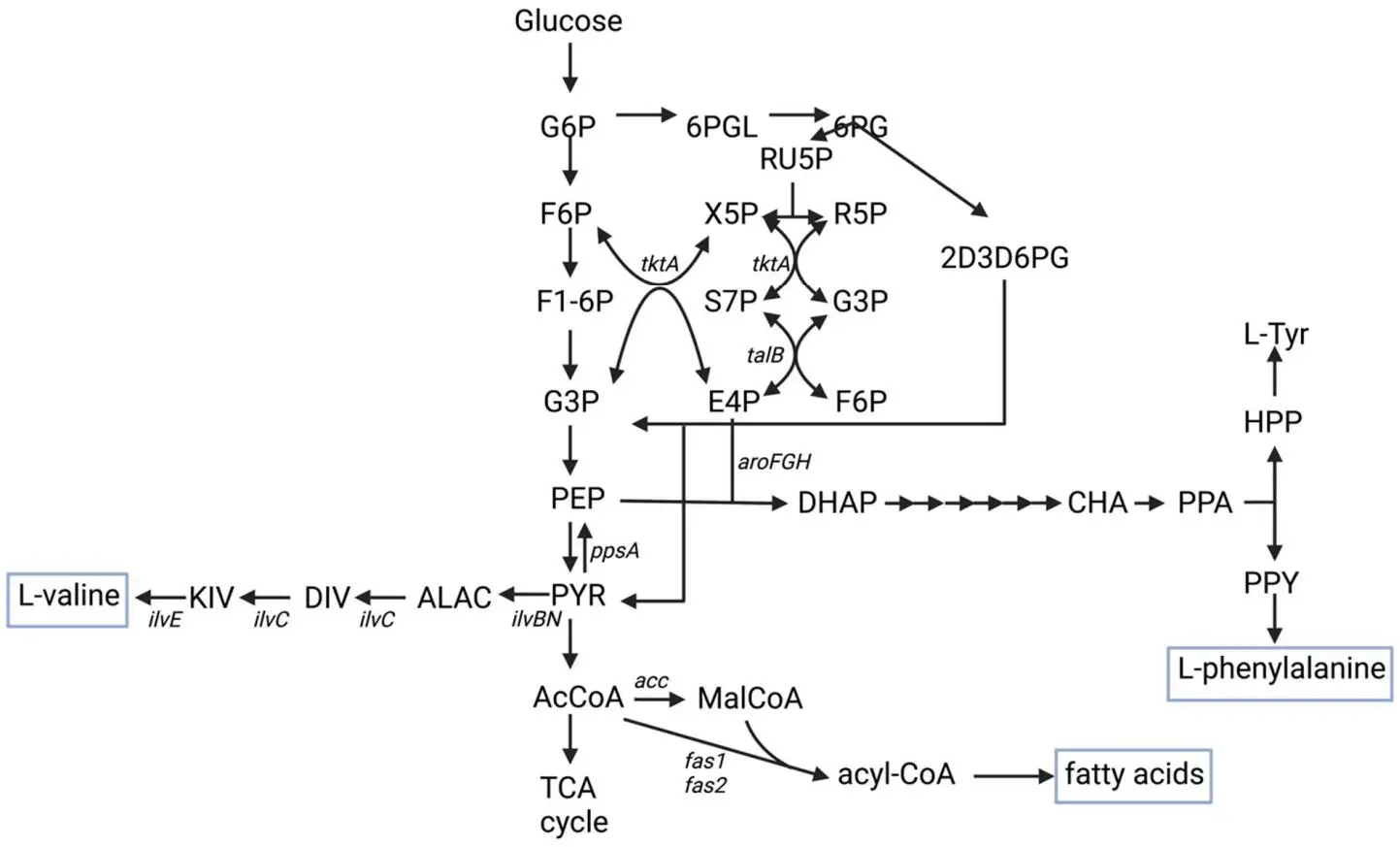Found 1 results
Open Access
Review
16 February 2023Increasing Nutritional Value of Cyanobacteria by Engineering Valine, Phenylalanine, and Fatty Acid Production
In 2020, the United Nations estimated that 2.37 billion people globally were without food or unable to eat a healthy balanced diet. The number of people with insufficient nutrition has increased in the short term due to COVID-19 pandemic and longer-term climate change is leading to shifts in arable land and water availability leading to a continued need to develop scalable sources of nutrition. One of the options that can yield high food mass per square foot of land use is the high-density culture of microalgae or other photosynthetic microorganisms. While photosynthetic microorganisms may provide high amounts of biomass with a small land footprint, the nutritional value of unmodified microorganisms may be limited. This mini-review presents the base nutritional value in terms of macro- and micronutrients of several cyanobacteria (Nostoc, Anabaena, Spirulina) in relation to established human nutritional requirements as a starting point for better utilization of cyanobacteria as nutritional supplements. It also discusses synthetic biology approaches that have been implemented in different organisms to increase the production of L-valine, L-phenylalanine, and fatty acids demonstrating some common genetic engineering design approaches and some approaches that are organism-specific.
